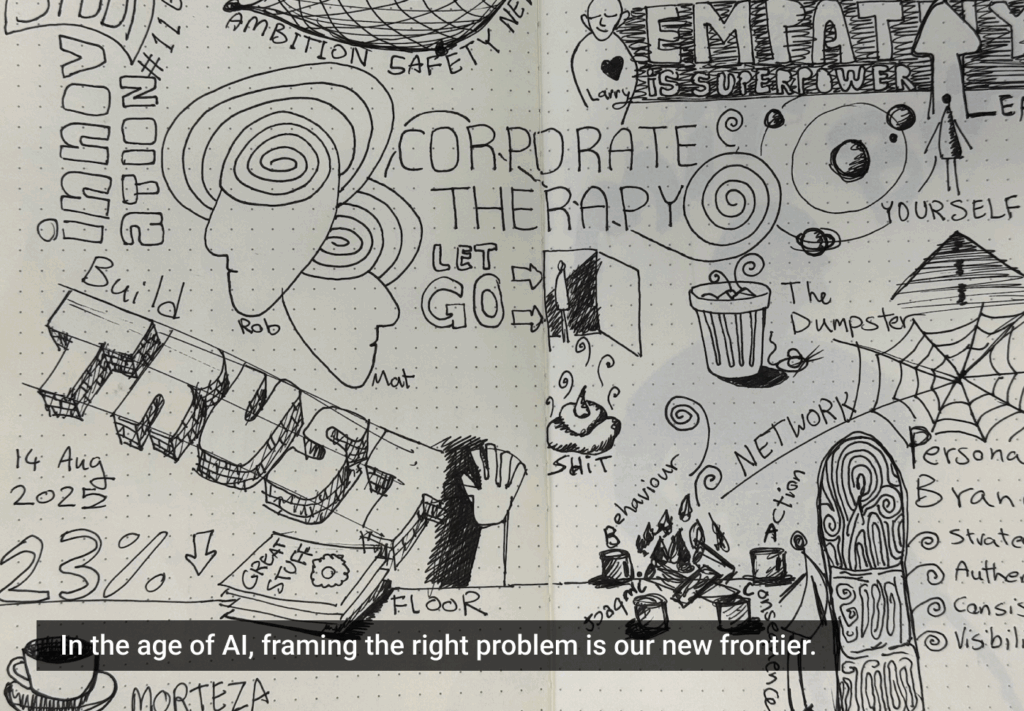I’ve been reading UX for Lean Startups by Laura Klein, and it seems to be one of those books that makes you stop, nod, and rethink how you’ve been approaching product design. It’s practical and refreshingly honest about what it actually takes to build a product that people love and use.
The Introduction chapter stood out to me, where Klein explained how Lean UX borrows from, but isn’t the same as, User-Centered Design (UCD). A lot of people confuse the two, so let’s unpack that.
UX vs. UCD
- User Experience (UX) is the end goal, the overall quality of a user’s interaction with a product. Did it feel smooth? Frustrating? Delightful? Confusing? UX is the sum of those feelings.
- User-Centered Design (UCD) is a process, a way of designing that keeps users at the heart of every decision. It means researching real people, prototyping, testing, and refining based on feedback.
Lean UX borrows heavily from UCD because… UCD is awesome. The whole idea of listening to users and designing for their needs isn’t new; it’s been around for decades. But where Lean UX differs is in the context and speed at which it applies these principles.
What makes lean UX different?
Laura Klein breaks Lean UX into a few key traits:
- It’s user-centered → Both UX and UCD focus on learning from users. The difference is that Lean UX blends this with startup-style urgency. Instead of deep, lengthy research cycles, you test quickly, gather insights, and keep moving.
- It’s agile → Lean UX thrives in cross-functional teams: designers, developers, and product owners working side by side. Instead of hundred-page specs, you work with whatever documentation actually helps the team build and learn faster (sketches, flow diagrams, lightweight prototypes).
- It’s data-driven → Every change is treated as a hypothesis. Did the new onboarding flow actually help retention? Did the copy tweak improve conversion? Lean UX doesn’t assume; it measures. When something flops, it’s a learning opportunity, not a failure.
- It’s fast(er) and cheap(er) → Lean UX helps you cut costs by preventing wasted time and money on products or features that people don’t actually need.
- It’s iterative → The MVP (Minimum Viable Product) isn’t a one-off experiment. It’s the start of a loop: build → measure → learn → repeat. Products evolve continuously, shaped by cycles of user feedback and testing.
Why this matters
If you’ve ever struggled with balancing “designing the right thing for users” with “shipping quickly”, Lean UX offers a framework that makes those two goals work together instead of against each other.
UCD gives the foundation: empathy, research, and user-centered thinking. Lean UX takes that mindset and adapts it for fast-moving teams who need to learn quickly, iterate often, and use real-world data to guide decisions.
As Klein puts it, Lean UX isn’t about reinventing the wheel; it’s about making sure the wheel is tested, functional, and keeps moving forward.
Next time someone says, “We’re doing Lean UX because we talk to users”, you’ll know the difference. It’s not just about talking, it’s about talking, testing, and iterating constantly, with users at the center and data as your guide.
The article originally appeared on Substack.
Featured image courtesy: Karl Solano.








